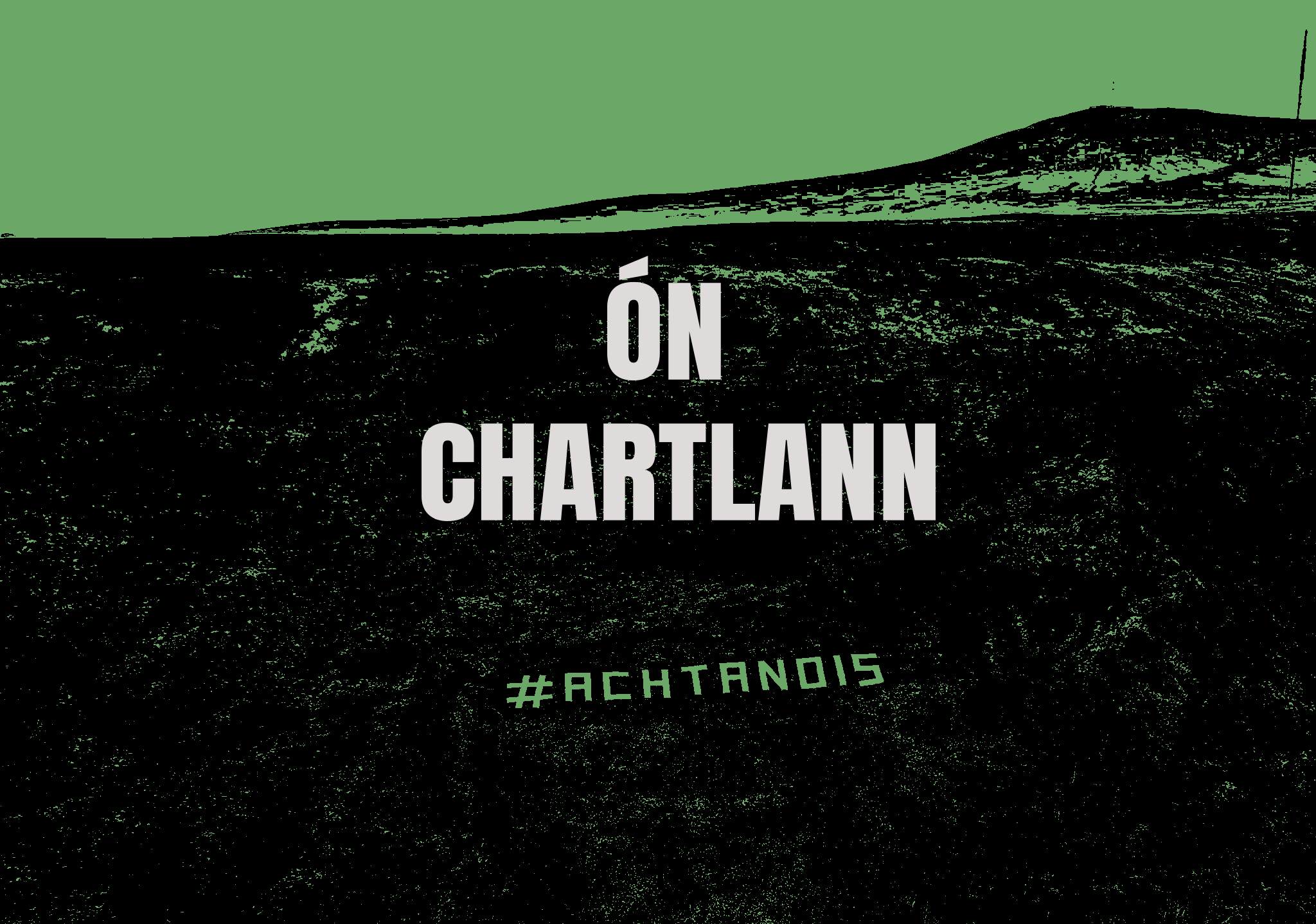An litir dhearg
Bí ar an eolas! Faigh ár nuachtlitir le bheith suas chun dáta leis na feachtais ar fad.

The proposals would allow for a separate arrangement to the rest of Belfast, where residents must apply for a dual-language sign where they live.
Instead residents would have to raise objection or be considered in favour.
There are 700 streets across the city with outstanding applications for dual-language street signs.
The Gaeltacht Quarter has 417 streets, 108 of which already have bilingual signs.
The proposal, which is subject to ratification by the full council on 1 November, would lead to signs being installed all at once as a cost-saving measure.
The total cost of the project has been estimated at about £150,000.
If a resident was not in favour of the proposal, the existing full process of application which came into effect last year would be triggered.
It requires one resident or their local councillor to come forward with the request to erect a bilingual street sign.
If that gains the support of 15% of residents on the electoral register it would go forward for approval by the council.
Although Irish is the most popular choice for an alternative language in Belfast, applications can be made for any language including Ulster Scots and Chinese.
Ciarán Mac Giolla Bhéin, of Irish language group Fís an Phobail, said he welcomed the adoption of a “progressive signage policy”.
“This will compliment the dynamic, community-led revival in the area, reinforce positive attitudes in relation to the language and demonstrate that this area has a vibrant bilingual community,” he said.
“It will also help clear the backlog in signage requests and allow council to meet demand across the city for bilingual street signage.”
Cuisle Nic Liam, of campaign group Conradh na Gaeilge, said the new signage would lead to “normalisation” of the Irish language and increased tolerance of bilingualism.
“Considering over 90% of our placenames come directly from Irish, this is a linguistic restorative policy that will see Irish returning to areas and streets where it was previously banned,” she said.
Ms Nic Liam said the policy was put forward to address the “dire waiting times and backlog, with residents potentially waiting up to 10 to 12 years in the queue”.
“We estimate this will save the council around £185,000 rather than doing this on a street by street basis, whilst clearing the backlog of applications and speeding up the overall process at the same time.”
The plan comes after spelling mistakes and grammatical errors appeared on several new Irish language street signs in Belfast.
Belfast City Council said it was aware of the errors on five dual-language street signs in three different streets in the city.
It said the signs would be replaced at no additional cost to the council.
Bí ar an eolas! Faigh ár nuachtlitir le bheith suas chun dáta leis na feachtais ar fad.